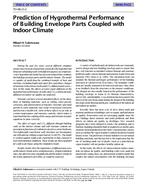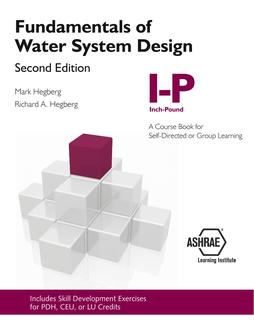Click here to purchase
Innovations in creating a highly insulated durable attic will be presented. The proposed method deploys fundamental principles of thermal performace benefits of unvented attics with a vapor diffusion port at the ridge of the attic and insulation at the floor level of the attic. These attics are sealed, creating no intentional ventilation with the exterior or even interior. This is particularly of value in hot and humid or mixed climate zones where a significant part of the year exist with rather high exterior relative humidities. Current unvented attics reduce the moisture loading during this period but also have significant moisture content gradients near the ridge of the attic. Conventional ventilated attics, are also in risk for condensation when radiant barriers are deployed along with properly sized HVAC systems. Attics and ducts become colder and the moisture drying potential is seriously diminished with the longer run-times. Condensation around the ducts is present with these conditions. To combat this issue an innovative approach championed by the authors. A diffusion port (allows vapor diffusion but not air flow passage) along the ridge is used to allow vapor to escape from the attic and dry the roof in the cold periods of the year. This vapor diffusion port is a water vapor pressure release valve that creates passive drying from the interior to the exterior of attic. The presenters will describe the deployment of this innovative approach to create great performing attics (R-38 to R-70) burying the air tight ducts with an air tight attic floor lid. A combined laboratory, advanced modeling and field study (5 real building attics located in Southern hot and humid USA) will be described.
Citation: Thermal Buildings XIV 2019
Product Details
- Published:
- 2019
- Number of Pages:
- 8
- Units of Measure:
- Dual
- File Size:
- 1 file , 1 MB
- Product Code(s):
- D-Bldgs19-084


